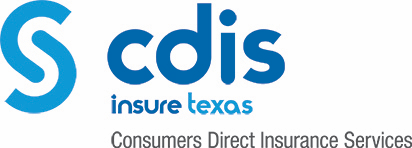If you’re new to Medicare, or about to turn 65 soon, you may have questions about your benefits and how much you can expect to pay. There are many parts to Medicare and it makes sense to familiarize yourself with coverage and costs so you’re prepared to make an informed decision when the time is right.
Original Medicare Coverage
Original Medicare includes both Part A and Part B. Part A is hospital insurance, which includes benefits for inpatient care while in the hospital, skilled nursing facility, and some home health care. Part B is medical insurance, which includes benefits for outpatient care such as doctor’s services, medical supplies, and preventive services.
Part A covers lab tests, surgeries, and other inpatient services and supplies you may receive while in a hospital, skilled nursing facility, inpatient rehabilitation facility, or long-term care hospital. Inpatient care typically includes semi-private rooms, meals, general nursing, and medication necessary to treat your condition while in the hospital. As long as you have a qualifying hospital stay (formally admitted for 3 inpatient days), you are eligible to receive Part A benefits.
Part B provides benefits for two types of services: medically necessary services and preventive services. Medically necessary services include services or supplies that are needed to diagnose or treat a medical condition. Preventive services are those designed to prevent or detect illnesses, such as flu or heart disease. For example, cancer or diabetes screenings, yearly wellness visits, and immunizations are covered under Medicare Part B.
Part A and Part B Costs
Most people do not pay a premium for Medicare Part A. As long as you or your spouse paid Medicare taxes while working, you’re eligible for premium-free coverage. Part B however, carries a monthly premium ($164.90 in 2023). Premiums are based on income, but most people pay the standard premium amount. The Part B premium is deducted automatically from your Social Security check each month. In addition to the monthly premium, Part B recipients pay a deductible ($226 per year) as well as coinsurance (up to 20% of the Medicare-approved amount for doctor services, outpatient care, and some medical equipment).
There are Only Two Ways to Get Medicare—Medicare Supplement Insurance Is Not Original Medicare
There are only two ways to get Medicare coverage: Original Medicare (Part A and Part B) or Medicare Advantage (Part C). Enrollment in Original Medicare is automatic for most people when they turn 65, but if you wish to have Medicare Advantage, you need to choose a plan that fits your needs. Many seniors who stay with Original Medicare supplement their coverage with Medicare Supplement Insurance (Medigap) or a Prescription Drug Plan (Part D).
Medigap does not provide Part A and Part B benefits, but instead, adds to them. The right Medigap plan can help shoulder some of the out-of-pocket expenses associated with Original Medicare coverage, like deductibles, coinsurance, or copays. While most Medicare Advantage plans include coverage for prescription drugs, Original Medicare does not. However, prescription drug benefits can be added to Original Medicare as a stand-alone Part D plan.
References:
Medicare: https://www.medicare.gov/what-medicare-covers/
Part B coverage: https://www.medicare.gov/what-medicare-covers/part-b/what-medicare-part-b-covers.html
Part A coverage: https://www.medicare.gov/what-medicare-covers/part-a/what-part-a-covers.html
MUC58-2017-BCBS


